1. Jeon WT, Kim SK. Preparation of Health Community in the Korean Peninsula. Seoul, Korea: Pakyoungsa;2018.
2. Ryu GC. Lessons from unified Germany and their implications for healthcare in the unification of the Korean Peninsula. J Prev Med Public Health. 2013; 46(3):127–133. PMID:
23766870.
3. Kim SK, Noh JW, Lee YH, Kim YS. Mid-Term Strategic Plan for Public Health and Medical Care Cooperation in the Korean Peninsula. Seoul, Korea: Korea University Research Management System;2022.
4. Choi M, Sempungu JK, Lee EH, Lee YH. Changes in contributions of age- and cause-specific mortality to the widening life expectancy gap between North and South Korea, 1990-2019: an analysis of the Global Burden of Disease Study 2019. SSM Popul Health. 2023; 23(101445):101445. PMID:
37334332.
5. Lee EH, Choi M, Sempungu JK, Lee YH. Trends and patterns of North Korea’s disease burden from 1990 to 2019: results from Global Burden of Disease Study 2019. PLoS One. 2022; 17(11):e0277335. PMID:
36374924.
6. Noh JJ. The current status in obstetrics in North Korea and strategies for establishing a better healthcare system. Front Public Health. 2021; 9:744326. PMID:
35004571.
7. Ha S, Lee YH, Moon GS, Shim HJ, Jung PY, Kim SY, et al. Underestimated burden: non-communicable diseases in North Korea. Yonsei Med J. 2019; 60(5):481–483. PMID:
31016911.
8. Ha SY, Cho YM, Kim SY. Recent trends of development assistance to North Korea: analysis focused on aid for healthcare sector. J Peace Unification Stud. 2018; 10(2):327–362.
9. Hyon CS, Nam KY, Sun HC, Garg R, Shrestha SM, Ok KU, et al. Package of essential noncommunicable disease (PEN) interventions in primary health-care settings in the Democratic People’s Republic of Korea: a feasibility study. WHO South-East Asia J Public Health. 2017; 6(2):69–73. PMID:
28857065.
10. Shin BK, Jeon WT. National Health Priorities under the Kim Jong Un regime in Democratic People’s Republic of Korea (DPRK), 2012-2018. BMJ Glob Health. 2019; 4(Suppl 7):e001518.
11. Park JJ, Lim AY, Ahn HS, Kim AI, Choi S, Oh DH, et al. Systematic review of evidence on public health in the Democratic People’s Republic of Korea. BMJ Glob Health. 2019; 4(2):e001133.
14. Arsenault C, Gage A, Kim MK, Kapoor NR, Akweongo P, Amponsah F, et al. COVID-19 and resilience of healthcare systems in ten countries. Nat Med. 2022; 28(6):1314–1324. PMID:
35288697.
15. Haldane V, De Foo C, Abdalla SM, Jung AS, Tan M, Wu S, et al. Health systems resilience in managing the COVID-19 pandemic: lessons from 28 countries. Nat Med. 2021; 27(6):964–980. PMID:
34002090.
16. Lee YH, Lee WJ, Kim YJ, Cho MJ, Kim JH, Lee YJ, et al. North Korean refugee health in South Korea (NORNS) study: study design and methods. BMC Public Health. 2012; 12(1):172. PMID:
22401814.
17. Horton R. Offline: North Korea-the case for health diplomacy. Lancet. 2017; 390(10099):1016. PMID:
28901926.
18. Park JJ, Shin HY, Atun R. Global health engagement with North Korea. BMJ. 2018; 361:k2547. PMID:
29884659.
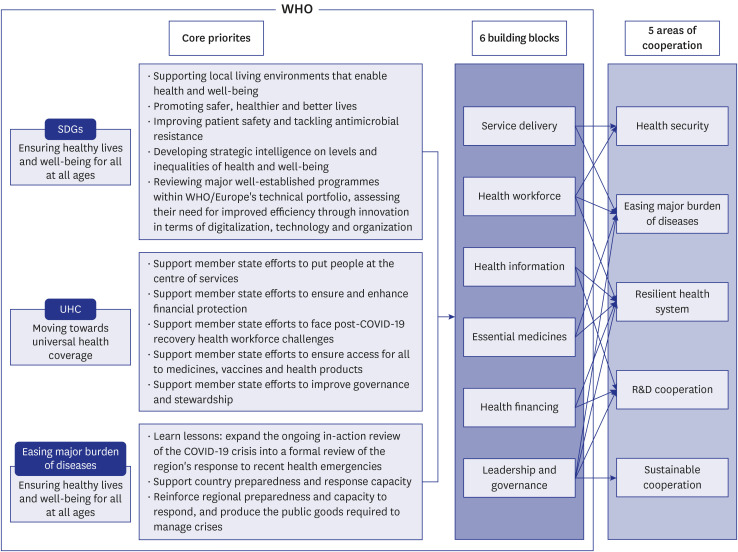

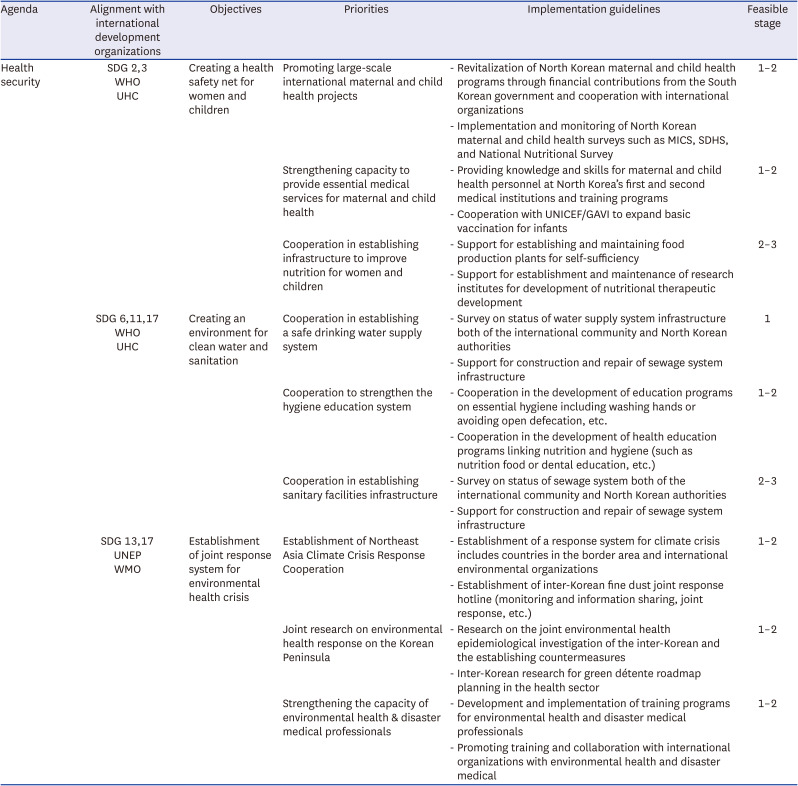
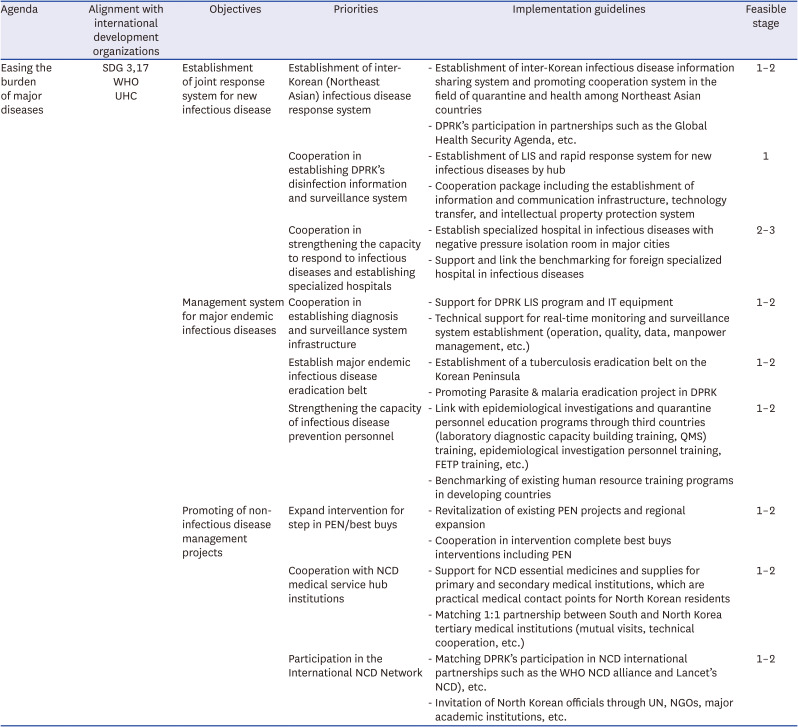
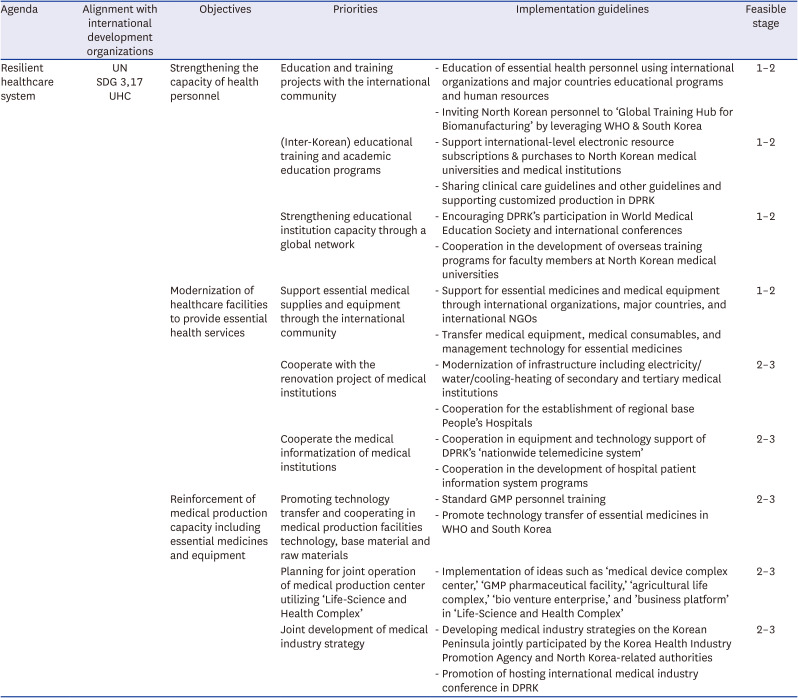
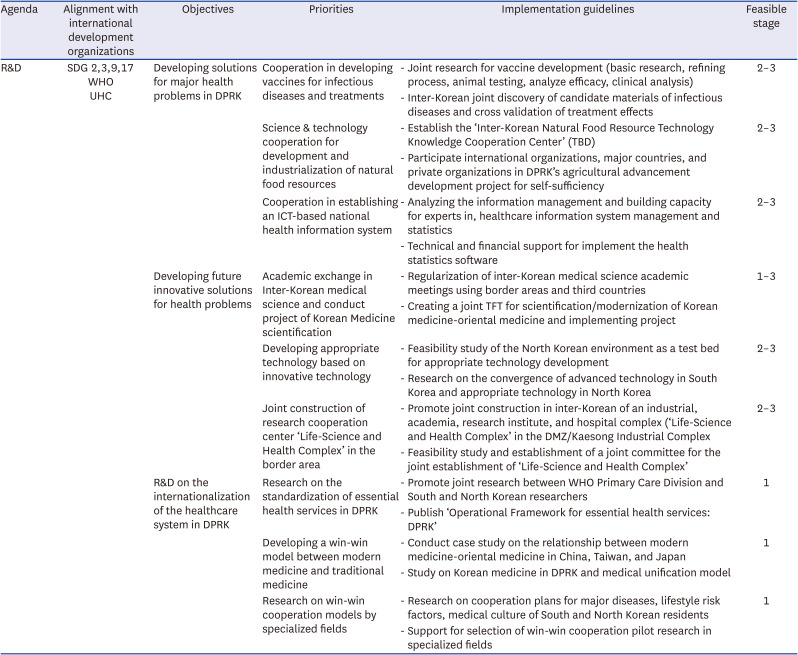
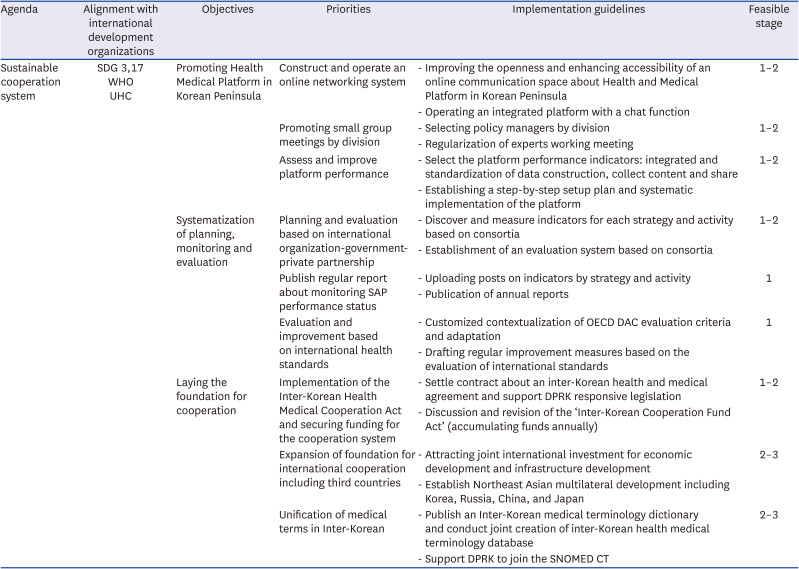




 PDF
PDF Citation
Citation Print
Print



 XML Download
XML Download